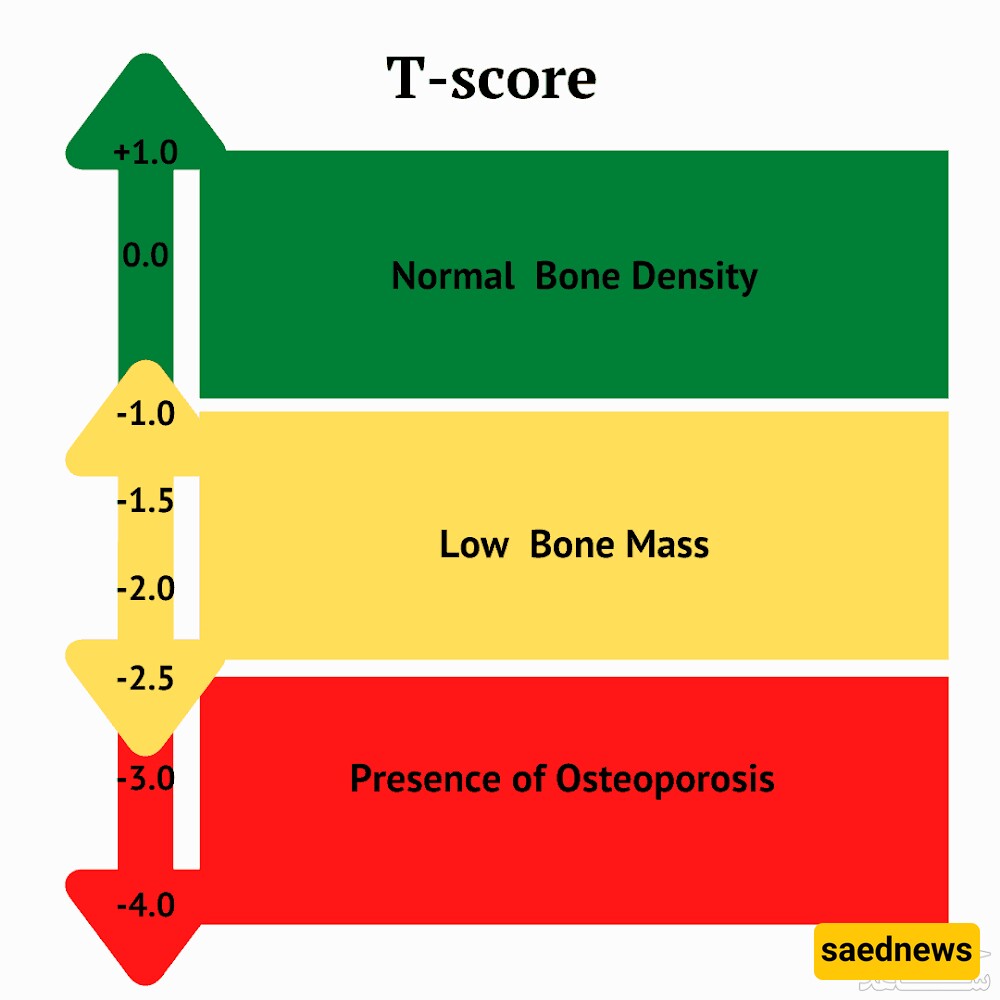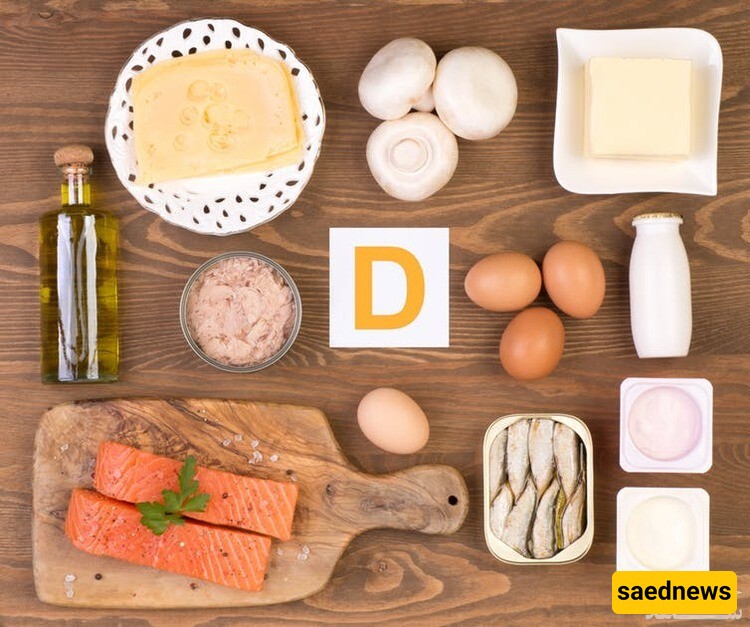Bones are one of the most essential and vital parts of the human body, especially in children. Strengthening bones during childhood ensures good health, well-being, and even physical fitness in adulthood. Therefore, parents must support their child's bone structure through proper nutrition and other methods.

Bone health and strength play a significant role in an individual's long-term well-being. One of the best ways to prevent osteoporosis is by strengthening bones during childhood and adolescence. Researchers are continuously looking for ways to develop strong bones in the early years of life.
The first step in this process is ensuring adequate calcium intake during childhood. In modern society, dietary habits have changed significantly, and fast food is more accessible. Many children and teenagers do not follow a healthy diet. Additionally, the high consumption of carbonated soft drinks prevents calcium absorption in the body, leading to concerns about calcium intake in children and adolescents.

One in two women and one in four men over the age of 50 will experience fractures due to osteoporosis in their lifetime.
Many people assume osteoporosis only affects women during menopause, but osteoporosis—or porous bones—can also impact men.
Bones are living tissues that contain nerves, blood vessels, and bone marrow. They constantly undergo breakdown and regeneration, ensuring their strength. If bones are not continuously repaired, they become fragile and susceptible to fractures even with minor impacts.
The process of bone breakdown and regeneration varies by age. Until the age of 20, the rate of bone formation and regeneration is higher than its breakdown. However, after the age of 40 and particularly during menopause in women, this process reverses, leading to reduced bone density.

The T-score is an index used to measure bone density. A lower T-score indicates lower bone density. This score is typically compared with the average bone density of healthy adults aged 20 to 30.
Several key nutrients play a fundamental role in maintaining strong bones, including calcium, vitamin D, magnesium, and vitamin K. Calcium and vitamin D are the most critical for strengthening children's bones. Parents should be aware of their child's nutritional needs based on their age.
The calcium requirement varies with age, and children between 9 and 18 years old need the highest amount.
Age Group | Daily Calcium Requirement | Daily Vitamin D Requirement |
|---|---|---|
Infants (0-6 months) | 200 mg | 400 IU |
Infants (6-12 months) | 260 mg | 400 IU |
Children (1-3 years) | 400 mg | 400 IU |
Children (4-8 years) | 800 mg | 600 IU |
Adolescents (9-18 years) | 1300 mg | 800 IU |
Forty percent of children's bone mass is formed between the ages of 9 and 14. Additionally, 90% of maximum bone mass is reached by age 18 in girls and age 20 in boys. This makes it crucial to follow the recommended intake during these years.
The best answer is that strengthening children's bones helps prevent osteoporosis in adulthood. Many people over 40 experience bone pain and osteoporosis, often due to poor childhood nutrition and a lack of physical activity. By making dietary improvements today, parents can help ensure their children have healthy bones in the future.
Maintaining a healthy weight is essential for preventing bone disorders. Both obesity and being underweight pose risks to bone health. Research shows that abdominal obesity negatively impacts bone health due to metabolic imbalances.
Childhood obesity alters growth hormones and puberty-related hormones, affecting bone development. These hormonal changes influence bone growth patterns, making it essential to maintain a balanced weight.
Since children are in their growth phase, strengthening their bones is crucial. Parents should focus on:
Ensuring proper calcium and vitamin D intake.
Encouraging the consumption of dairy products.
Allowing children to get at least 10 minutes of sunlight daily.
Promoting physical activities like walking and running.
Encouraging participation in group sports for both physical and mental well-being.
Proper nutrition is key to strengthening children's bones. Here are some beneficial foods:
Dairy products such as milk, cheese, and yogurt are excellent sources of calcium. For children who dislike milk, flavored milk (e.g., banana milk) can be a good alternative. Other calcium-rich foods include:
Almonds
Broccoli
Turnips
Figs
Green lentils
Salmon and sardines
Calcium-fortified juices
The best source of vitamin D is sunlight—just 10 minutes of daily sun exposure is sufficient. However, factors like geographical location, skin color, and sunscreen use can affect vitamin D absorption. Other sources of vitamin D include:
Salmon
Egg yolk
Canned fish
Cod liver oil
Fortified milk and orange juice
Vitamin D not only strengthens bones but also protects children's skin from sun damage by reducing prolonged exposure to sunlight.
Magnesium and potassium are two lesser-known nutrients that support bone health. Magnesium helps balance vitamin D levels, while potassium neutralizes acid in the body, preventing calcium loss.
A simple way to get these nutrients is by eating a medium-sized baked sweet potato (without salt), which contains:
31 mg of magnesium
542 mg of potassium
Other magnesium sources include:
Almonds
Spinach
Green beans
Peanut butter
Avocado
Whole wheat bread
Kidney beans

Leafy green vegetables are the best sources of vitamin K. Foods rich in vitamin K include:
Turnip greens
Kale
Spinach
Broccoli
Peas
Vitamin C helps in calcium absorption and is found in citrus fruits such as:

Oranges
Grapefruits
Sweet lemons
One grapefruit contains about 88 mg of vitamin C, fulfilling the daily requirement.
Studies show that high levels of the amino acid homocysteine in older adults are linked to lower bone density and increased fracture risk. Vitamins B9 (folic acid), B6, and B12 help convert homocysteine into essential amino acids, reducing this risk.
A balanced diet with adequate protein—whether from animal or plant sources—is beneficial for bone health. Research indicates that protein intake increases bone density and reduces the risk of hip fractures in middle-aged and elderly individuals.
Figs are among the best calcium-rich fruits. Five medium-sized fresh figs contain:
90 mg of calcium
Bone-protecting nutrients like potassium and magnesium
Dried figs can be a good alternative when fresh figs are unavailable.
Unlike white sugar, molasses is a calcium-rich sweetener. One tablespoon of molasses contains 41 mg of calcium. Other healthier sweetener alternatives include grape syrup, honey, and dates.
Various nuts and seeds help strengthen bones:
Walnuts (rich in omega-3 fatty acids)
Peanuts and almonds (contain potassium, which prevents calcium loss through urine)
Protein-rich seeds
Physical activity during childhood, adolescence, and young adulthood strengthens bones. Exercise puts pressure on bones, encouraging them to rebuild stronger structures.
Salt, like carbonated drinks, prevents calcium absorption. Excessive salt consumption increases calcium excretion through urine. Parents should monitor their child's salt intake to ensure proper calcium absorption.
Avoid giving children carbonated drinks, as they contain high phosphorus levels that deplete calcium.
Encourage children to consume garlic and onions, which contain sulfur, strengthening bones.
Replace tea and coffee with milk, which provides essential nutrients.
Introduce regular physical activities for strong bones.
Allow children to get sunlight exposure for vitamin D.
Consult a pediatrician before using calcium supplements.
Final Note:
There are numerous ways to strengthen children's bones. In addition to a balanced diet, supplements can be beneficial but should only be used under medical supervision.

